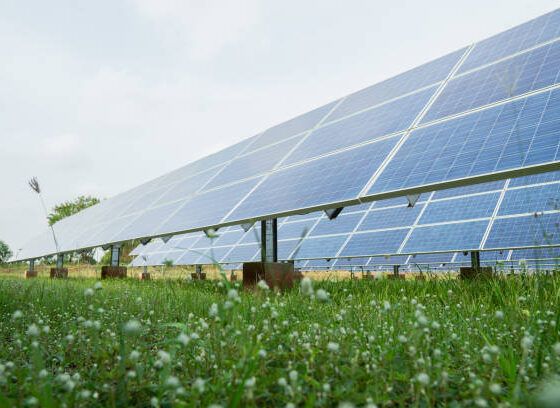
A nipple shield is a silicone device that is worn over your nipple to assist your baby if they are having difficulty breastfeeding. The base of a nipple shield wraps around your areola which is the skin around your nipple and has a cone-shaped area for your nipple. Some nipple shields have an area cut out to allow you and your baby to have more skin-to-skin contact. The shield’s nipple has tiny holes at the tip that allow milk to flow into your baby’s mouth. The majority of nipple shields are thin, flexible, and translucent. Click here to find out more on the best nipple shield malaysia.
When a baby is learning to breastfeed, usually within the first few weeks after birth, parents use nipple shields. For various reasons, some babies have difficulty latching (or attaching) to the breast early on. This can result in your baby not receiving enough milk, resulting in poor weight gain. Using a nipple shield can help your baby learn to nurse or improve their suckling ability.
Breastfeeding parents who use a nipple shield can continue breastfeeding without pumping into bottles or switching to formula. Before utilising a nipple shield, consult with a lactation consultant. Before recommending a nipple shield, they will want to try other methods to improve breastfeeding. Once your baby has mastered nursing and things are running smoothly, your lactation consultant can assist you in discontinuing or weaning from the use of a nipple shield.

A nipple shield facilitates your baby’s latch. During breastfeeding, your baby’s latch refers to how their mouth attaches to your nipple and areola. A good latch assists your baby in emptying the breast and receiving enough milk during feedings. Breastfeeding pain is frequently caused by an improper latch. This is because your baby is sucking only the tip of your nipple rather than the entire areola.
A nipple shield will be good to utilise when:
- Your child is premature. Premature infants may not be able to suck or latch on to a human nipple.
- Your baby has a tongue tie, tongue thrust, or tongue retraction. These can be repaired or improved over time.
- Your nipples are inverted, short, or flat. A nipple shield helps by lengthening and strengthening your nipple.
- Your breasts are extremely soft. A shield can help by making your breasts feel firmer.
- More stimulation is required for your baby to begin sucking. A longer nipple can help stimulate the roof of your baby’s mouth, which is where the suck reflex is located.
- Because of a poor latch, your nipples are sore, cracked, or bleeding. Wearing a shield may aid in the healing of your nipples.
- You’re suffering from an overactive letdown. The initial flow of milk from your nipple is referred to as a let down.
- You’re weaning your child from a bottle to breastfeeding.

Before using a nipple shield, consult with your lactation consultant. They will examine your baby’s latch and nursing position to determine whether a nipple shield is truly necessary. Minor adjustments can sometimes keep you from needing a nipple shield.



